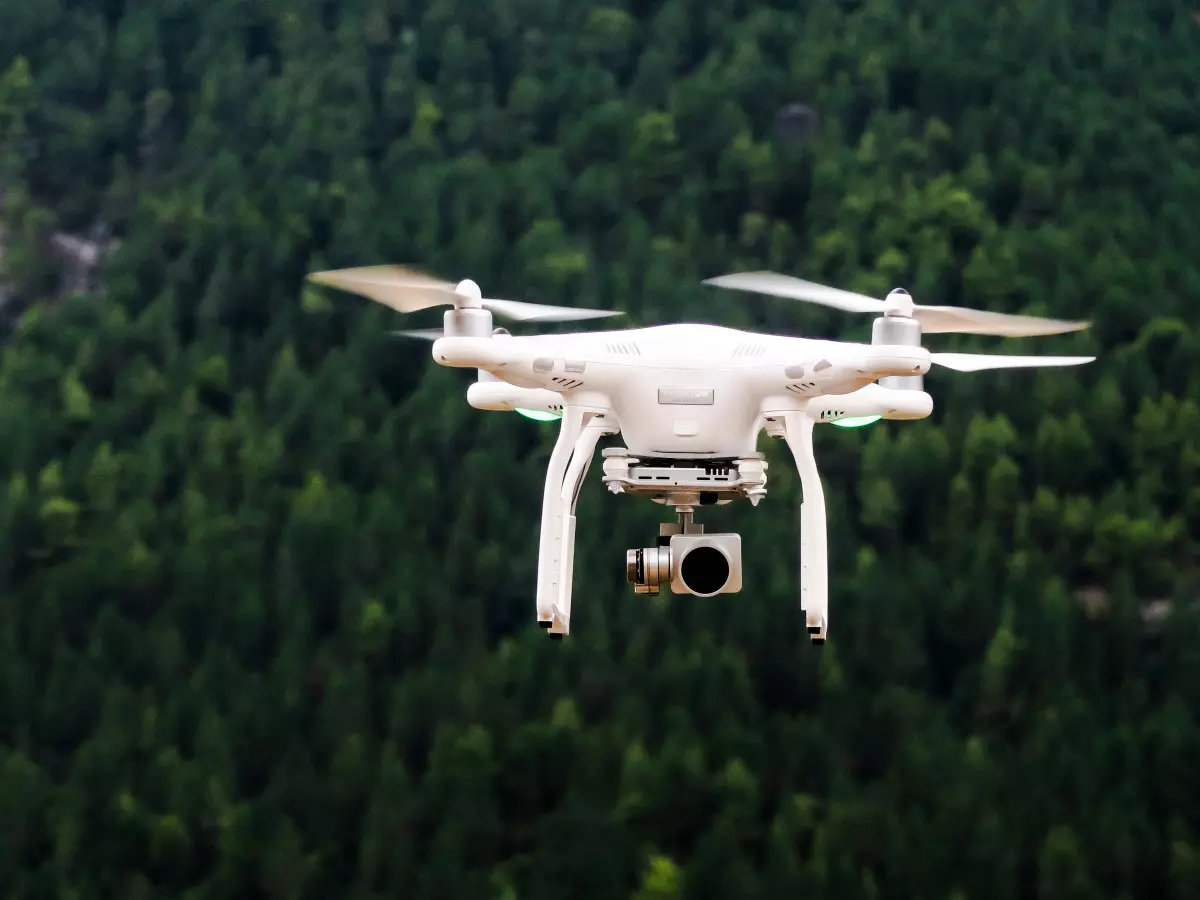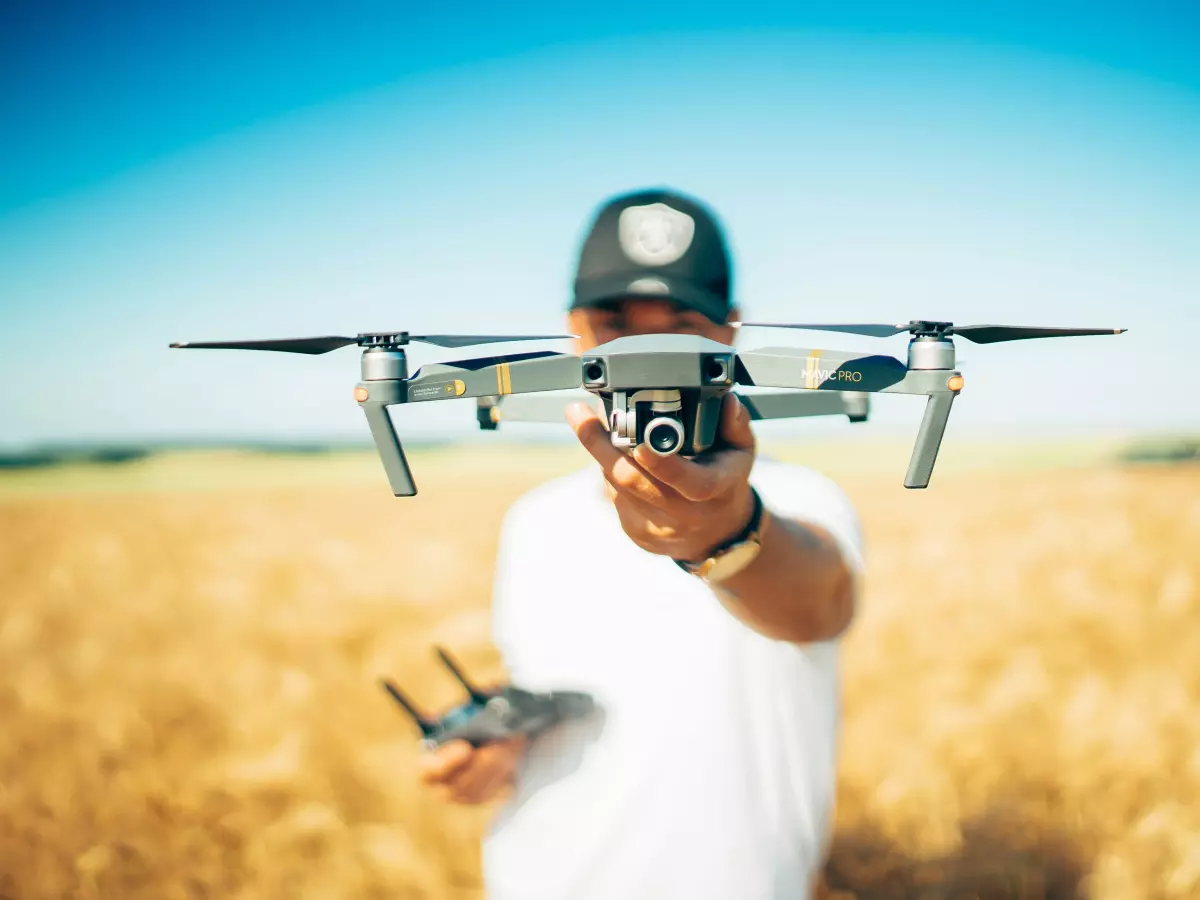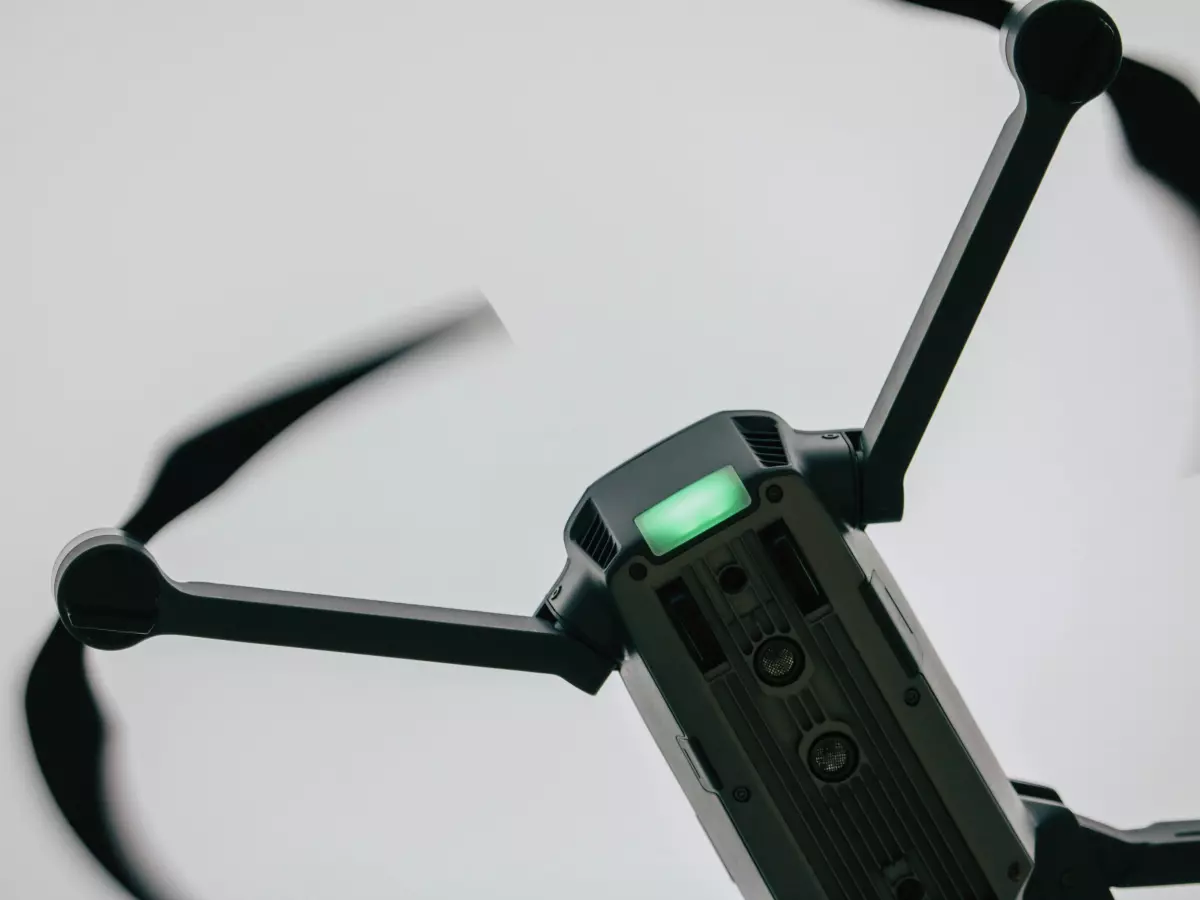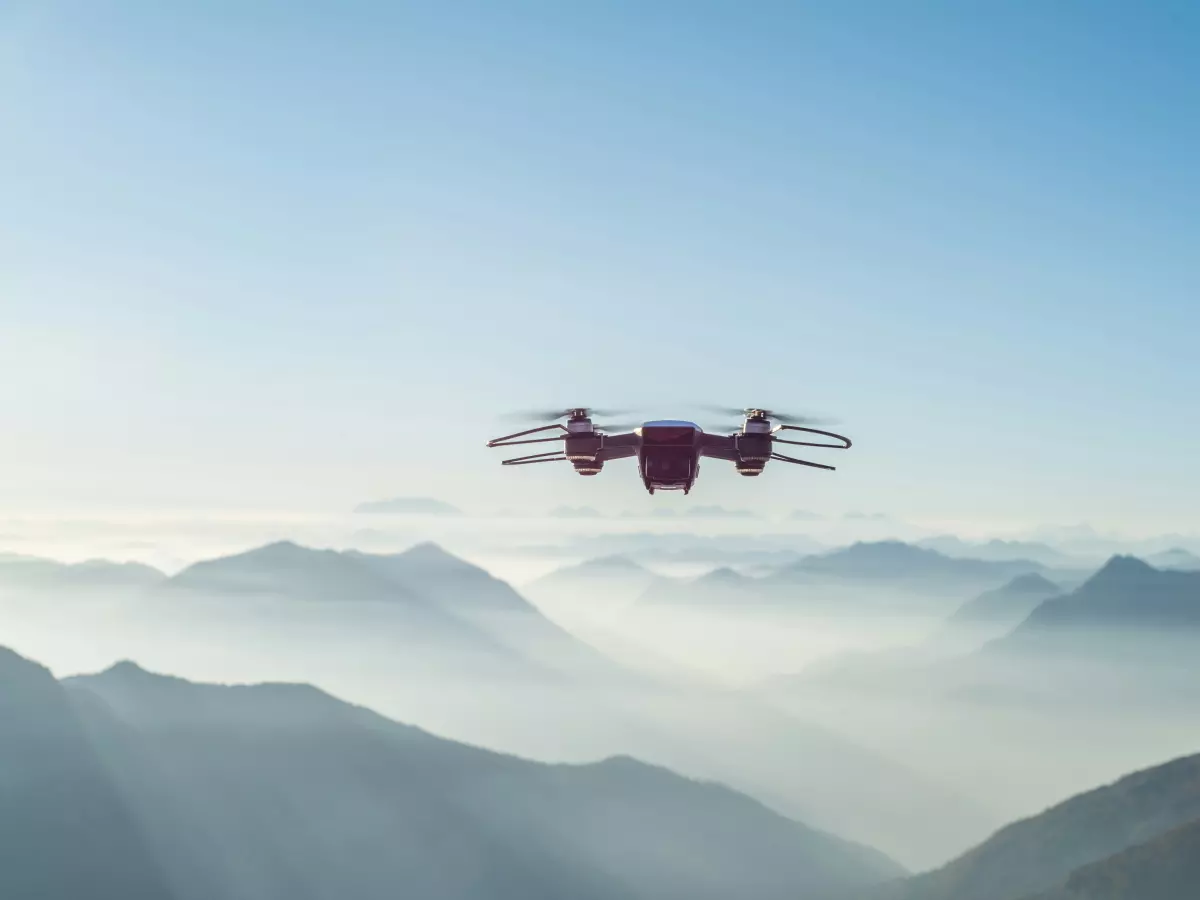AI in the Sky
"Wait, so you're telling me the drone can decide where to go... on its own?"
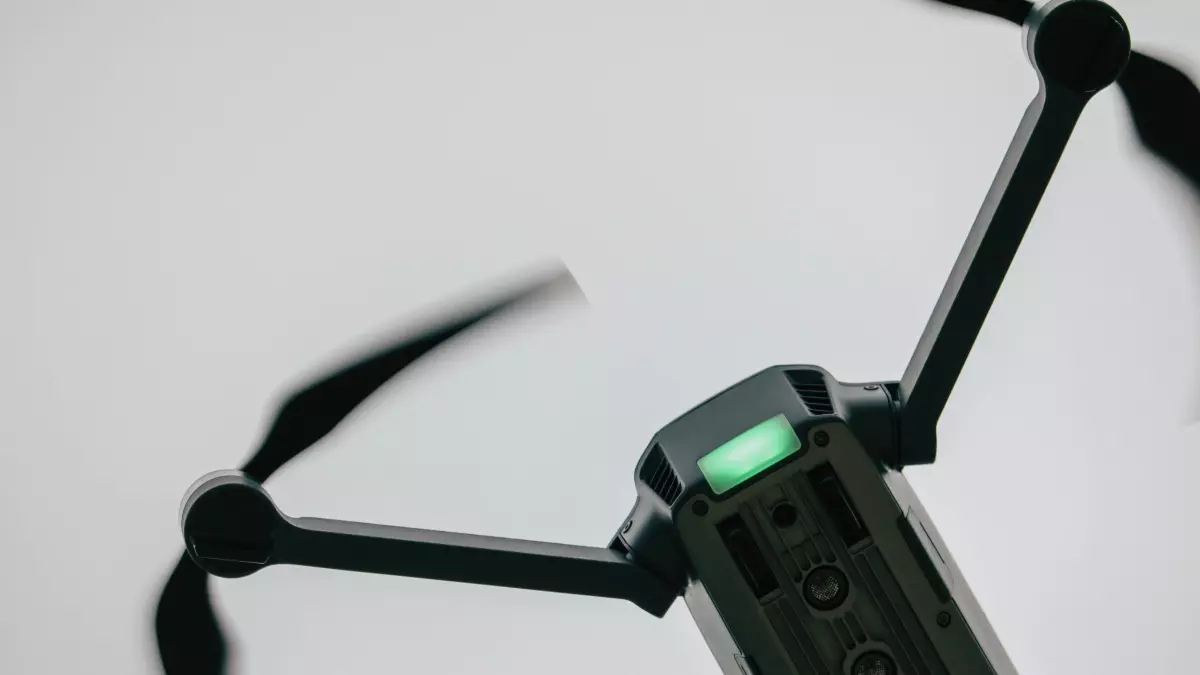
By Sarah Kim
Imagine you're watching a bird soar through the sky. It adjusts its wings, shifts its weight, and navigates the air currents with a grace that seems almost instinctual. Now, picture a drone doing the same thing—but instead of feathers and instinct, it's using algorithms and AI. Welcome to the world of AI-powered drone flight control, where machines are learning to fly with the same finesse as nature's best pilots.
So, what’s the deal with AI in drone flight control? Well, it's all about making drones smarter, more autonomous, and less reliant on human intervention. While traditional drones rely heavily on pre-programmed flight paths and manual control, AI-driven systems are taking things to the next level by allowing drones to make real-time decisions based on the environment around them. This is where sensor fusion, machine learning, and advanced algorithms come into play.
The Brain Behind the Flight
At the heart of AI-powered flight control is a combination of software and hardware working together in harmony. The drone’s sensors—like cameras, LiDAR, GPS, and IMUs (Inertial Measurement Units)—collect data from the environment. But here’s the twist: instead of simply feeding this data into a pre-set program, AI algorithms analyze it in real-time, allowing the drone to adapt to changing conditions.
This is where sensor fusion comes in. Imagine trying to navigate a busy city with just your sense of sight. Now, add in hearing, touch, and maybe even a sixth sense. That’s essentially what sensor fusion does for drones. It combines data from multiple sensors to create a more complete picture of the environment. AI then processes this information, allowing the drone to make smarter, more informed decisions.
Learning to Fly... Literally
One of the coolest things about AI in drone flight control is that it allows drones to learn from experience. Through machine learning, drones can analyze past flights and improve their performance over time. This means that the more a drone flies, the better it gets at navigating complex environments. Think of it like a pilot gaining experience with every flight, but instead of a human, it's an algorithm getting smarter.
For example, if a drone encounters an obstacle during a flight, it can use AI to figure out the best way to avoid it. Over time, the drone will learn to anticipate similar obstacles and adjust its flight path accordingly. This level of autonomy is what sets AI-powered drones apart from their more traditional counterparts.
Autonomy: The Endgame
Ultimately, the goal of AI-driven flight control is full autonomy. Imagine a future where drones can be deployed to carry out complex missions—like search and rescue operations, package deliveries, or environmental monitoring—without any human input. These drones would be able to navigate unpredictable environments, avoid obstacles, and complete their tasks with minimal intervention.
Of course, we’re not quite there yet. While AI has made significant strides in drone flight control, there are still challenges to overcome—like improving the accuracy of sensor data and ensuring that drones can operate safely in crowded airspaces. But the potential is undeniable, and the technology is evolving rapidly.
So, what does the future hold for AI-powered drones? Well, if current trends are any indication, we’re heading towards a world where drones are not just tools, but intelligent, autonomous systems capable of making decisions on their own. And that’s a future worth keeping an eye on.
In the end, AI is giving drones the ability to fly like birds—only smarter, faster, and with a whole lot more data at their disposal. The sky, quite literally, is the limit.
